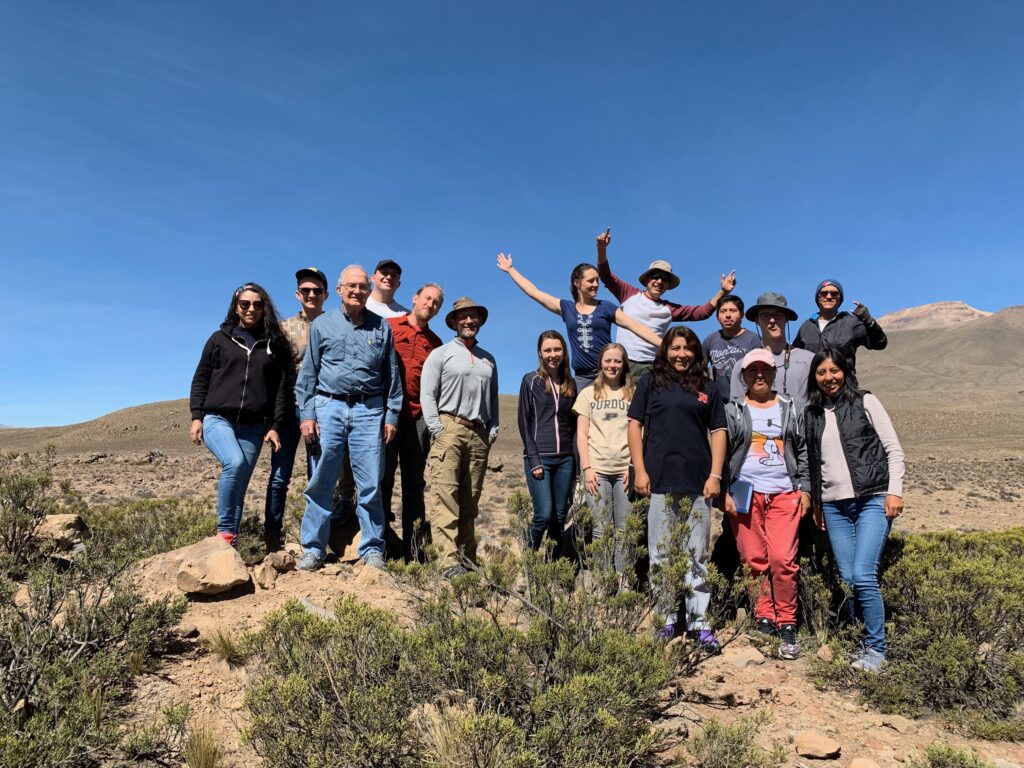The Filley Biogeochemistry Research Group
research
Soil Matters
The world’s soils provide and regulate critical ecosystem services like carbon sequestration, nutrient cycling, microbial biodiversity, plant productivity and health, clean water, and erosion control. Understanding how soils control the flow and storage of matter, energy, and genetic information in modern terrestrial ecosystems is therefore critical to understanding the legacy effects of historical land use and how to sustainably manage our landscapes into the future.
source or sink?
Filley’s terrestrial biogeochemistry research group studies fundamental processes controlling soil-plant-microbe-climate interactions within both natural and managed ecosystems. A primary goal of this work is to develop a stronger mechanistic understanding of how soil properties mitigate or amplify sudden and sustained perturbations to ecosystems (e.g., climate change, agriculture, invasive plant and insect species, and erosion) resulting in enhanced sequestration or release of soil carbon and nitrogen.
Healthy soils provide the largest store of actively cycled carbon on Earth.
Work With Us
Prospective students and postdoctoral scholars are invited to email Prof. Tim Filley (filley@ou.edu) to discuss research interests and opportunities with the Biogeochemistry Group. Our group partners with industry, community groups, government agencies, and tribal nation representatives, and we are always looking for new collaborations.
Current Focus Areas
Much of our recent work focuses on soil dynamics within intensively managed landscapes stretching from the coastal irrigated deserts in Peru, to the plains of Northeast China, to the agricultural fields of the glaciated Midwest of the United States.
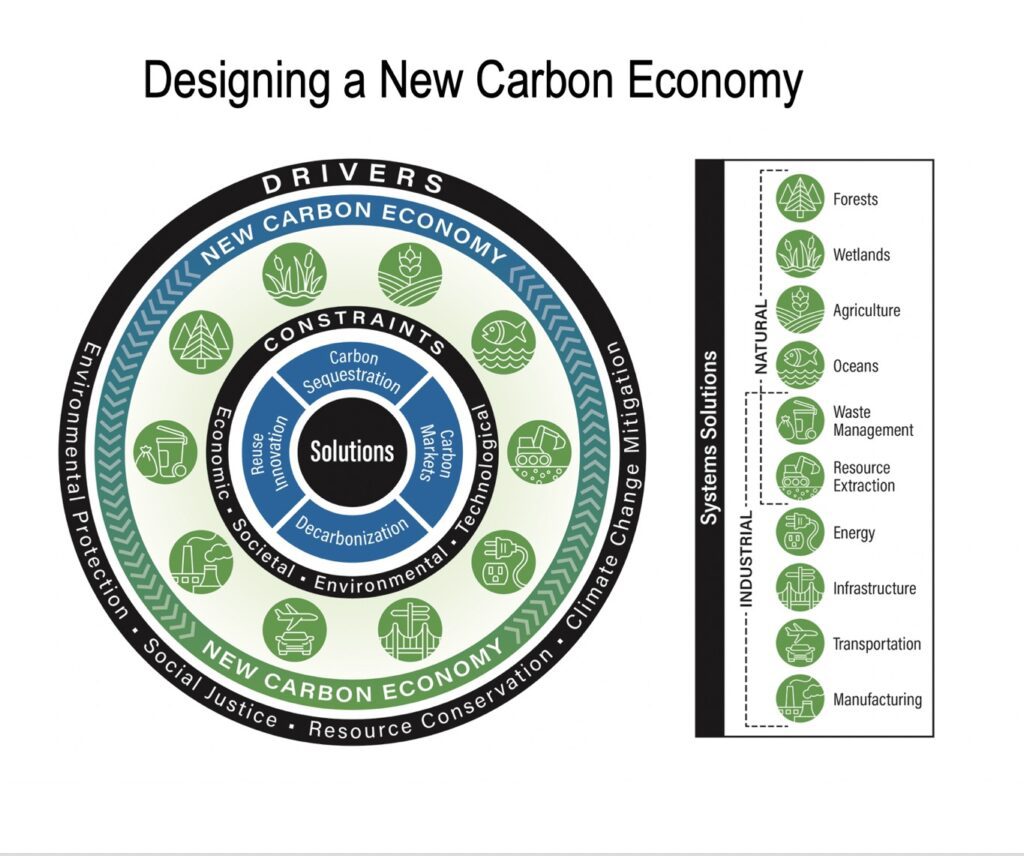
Carbon Management
Natural carbon solutions for enhanced CO2 removal.
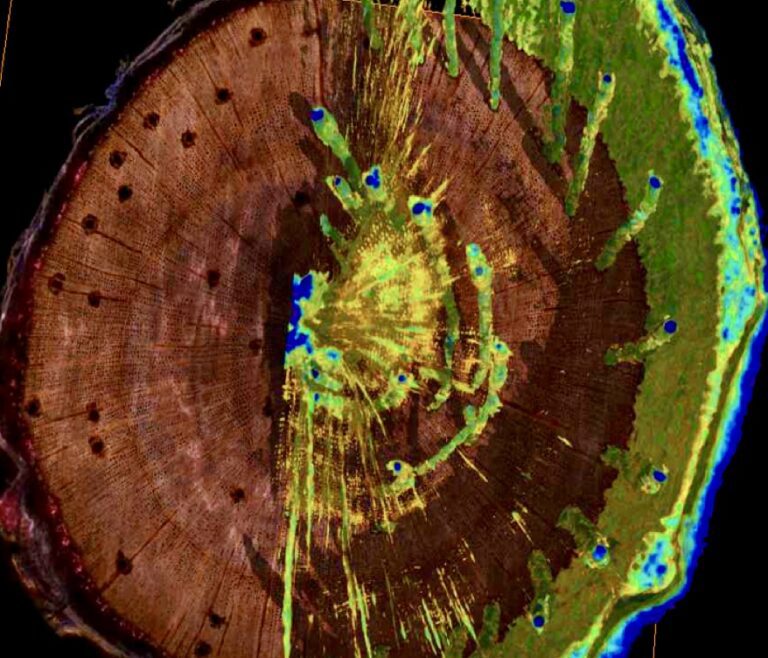
Pyrogenic Organic Matter
Understanding the role of fire in forest and grassland soil carbon dynamics.
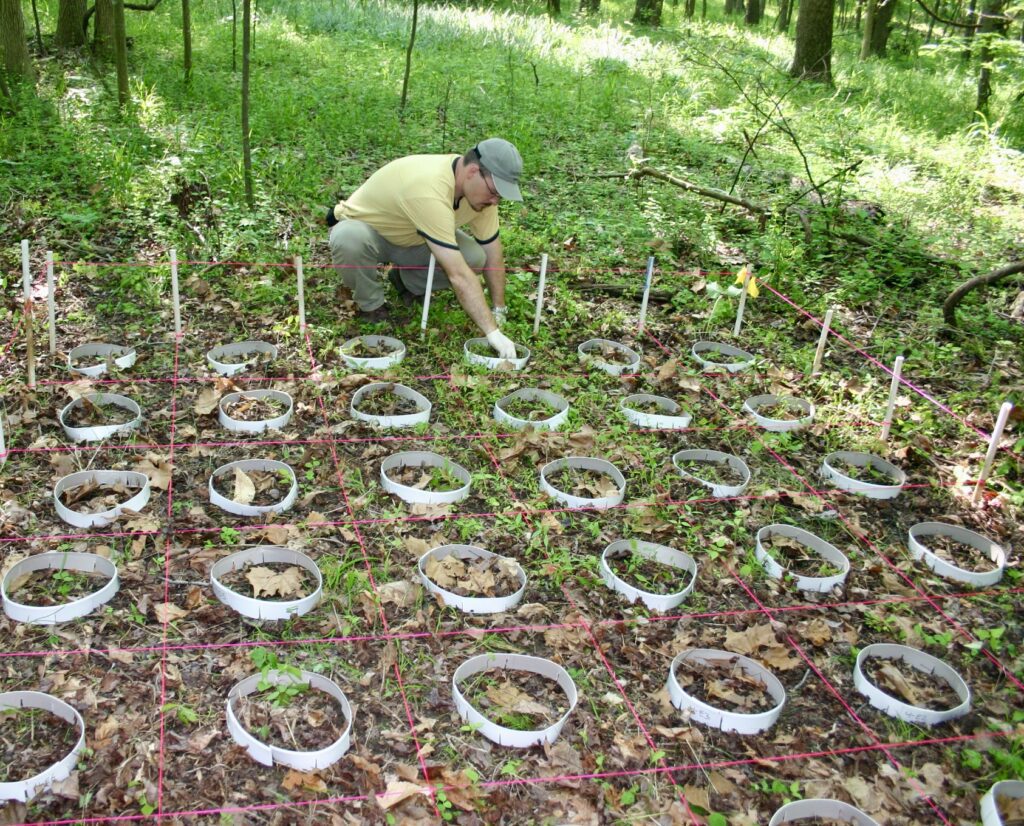
Biological Invasion
Ecosystem disturbance broiught about by biological invasion.
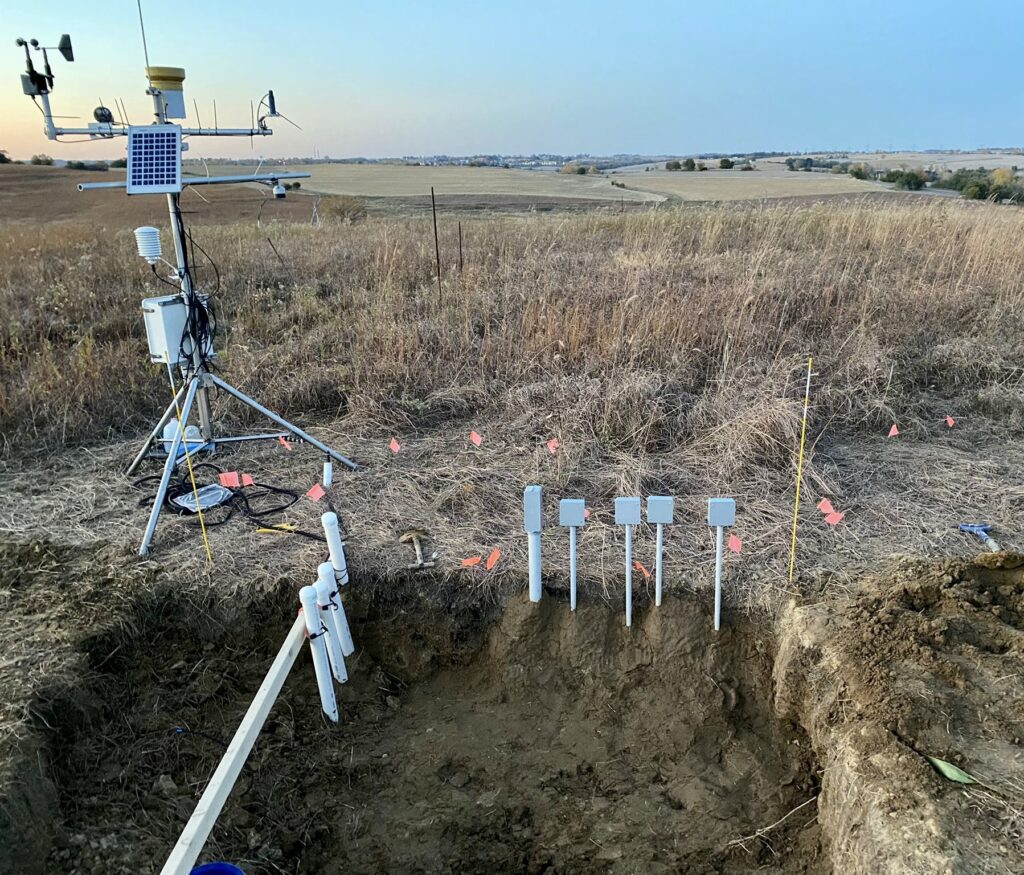
Critical Zone Science
Soil organic matter dynamics in intensively managed landscapes.
The Lab
Biogeochemistry Wet Chemistry and Processing Laboratory The newly renovated, 1500 sq ft, Filley Biogeochemistry Laboratory at the University of Oklahoma is located in the Stephenson Research and Technology Center includes three fume hoods, a 100 ft2, -20C walk in freezer for storage, sample drying ovens, freeze driers, soil and plant tissue grinding equipment, ample bench-top space, and is well supplied with equipment for biogeochemical analyses.
Biogeochemistry Instrumentation Facility – Filley’s instrumentation facility at the University of Oklahoma is a newly renovated, 1400 sq ft, laboratory located in the Stephenson Research and Technology Center and houses the following instruments:
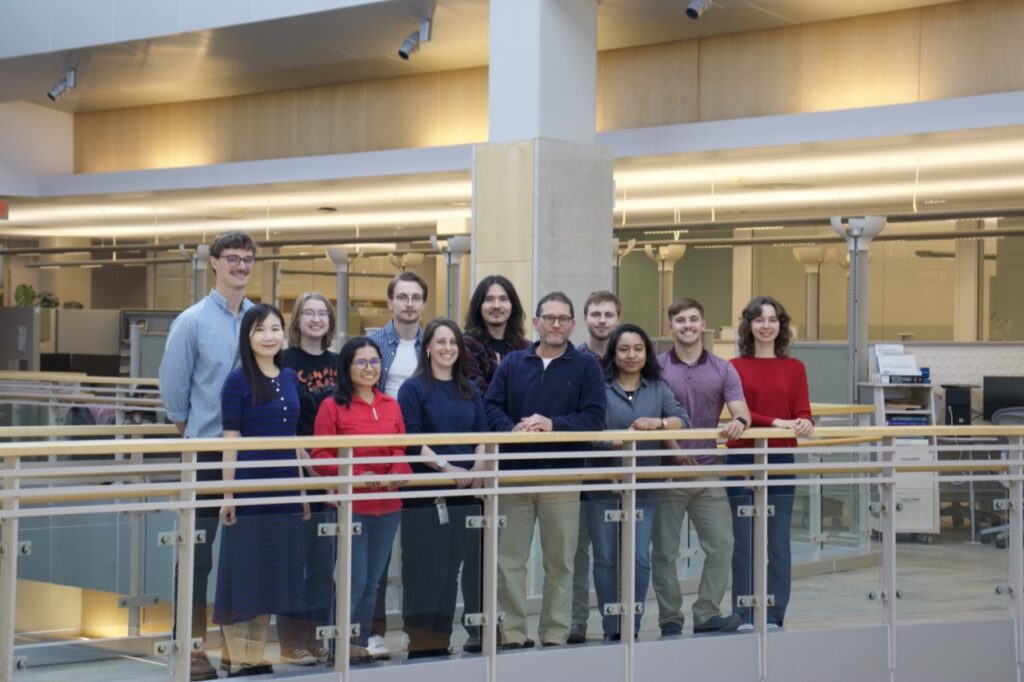
Instrumentation
ThermoFinnigan Delta V continuous flow isotope ratio mass spectrometer
Faraday cup configuration designed to analyze δ13C and δ18O in CO2, δ15N in N2, H/D, δ34S in SO2. Equipped with a Costech ECS 4010 flash combustion elemental analyzer for analysis of the elemental and stable isotope composition of solid matrices. Additionally, the system includes a ThermoFinnigan TCEA for the analysis of δ18O and H/D in organics and water.
Picarro G2201-i 13C on CO2/CH4
Includes closed-system recirculation pump, high concentration configuration, and autosampler for exetainer vials.
Sercon Integra 2 singly-pumped EA-IRMS unit
For analyzing δ13C in CO2, δ15N in N2, H/D, δ34S in SO2 from a varity of solid sample sources.detailed answer to provide information about your business, build trust with potential customers, or help the visitor with a problem they may be encountering
Shimadzu GC-2014 green house gas analyzer
Analysis of CO2, CH4, N2O, O2 with AOC-6000 plus autosampler.
Shimadzu GC/MS QP 2020 NX with Frontier Pyrolysis system
With autosampler interfaced to a Frontier dual drop analytical pyrolyzer. This system is dedicated to analytical pyrolysis and tetramethyl ammoniumhydroxide (TMAH) thermochemolysis for lignin, tannin, and wax polyester analysis.
Shimadzu 2010 SE GC/MS system with autosampler
This system is dedicated to quantification of hydrolysis and solvent extracted forms linin, cutin, suberin, amino sugars, amino acids, and PLFA.
Two Thermalox, Analytical Systems LLC
High temperature combustion dissolved (C, N) analyzer for TOC, DIC, TN analysis.
Four custom-built, portable field gas analyzers
CO2 and O2 analyzers and sampling devices for offiline GHG measurements.
Our Projects
Current projects range from fundamental mechanistic studies and use-inspired research to projects with strong socioecological context, co-produced with stakeholders that include indigenous communities in the Peruvian Amazon, rural farmers in the Midwestern US, and Tribal Nations in Oklahoma. Using an interdisciplinary approach, with techniques and perspectives from isotope geochemistry, environmental genomics, plant biology and invertebrate ecology, and geomorphology the group is answering questions like:
- How does hydrologic modification of wetlands and floodplains for agriculture (e.g. subsurface tile drainage) alter deep soil carbon dynamics and greenhouse gas production?
- How do biotic and abiotic processes governing mineral-organic matter interactions in soil control soil organic matter (SOM) permanence and its response to environmental change over depth, space, and time?
- How can we simultaneously maximize efficiency of irrigation water management and soil carbon accumulation in desert irrigation?
- What is the relative role of inorganic and organic carbon in deep soil carbon storage?
- How do invasive invertebrates and plants alter the coupled soil-microbe-plant biogeochemistry of an ecosystem?
- What is the role of landscape features like soil surface roughness in controlling the chemical reactivity and geochemical signature of eroded soil?
- What is the best way to represent measures for soil organic carbon permanence improve soil carbon representation in ecosystem models?
